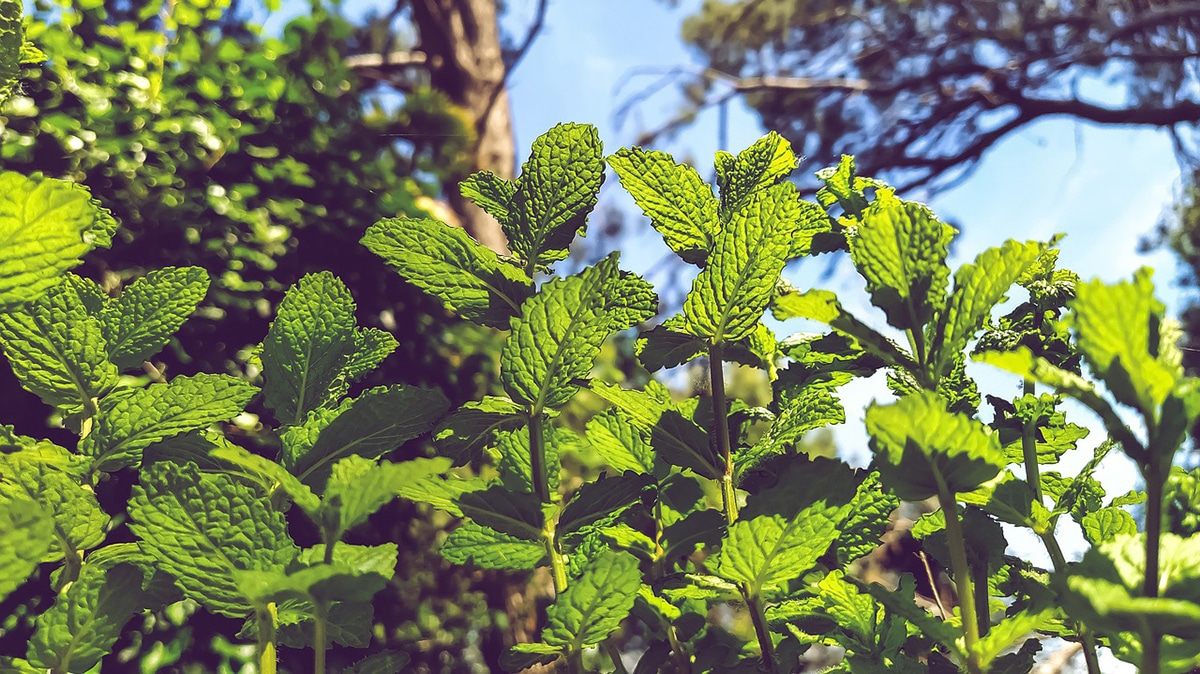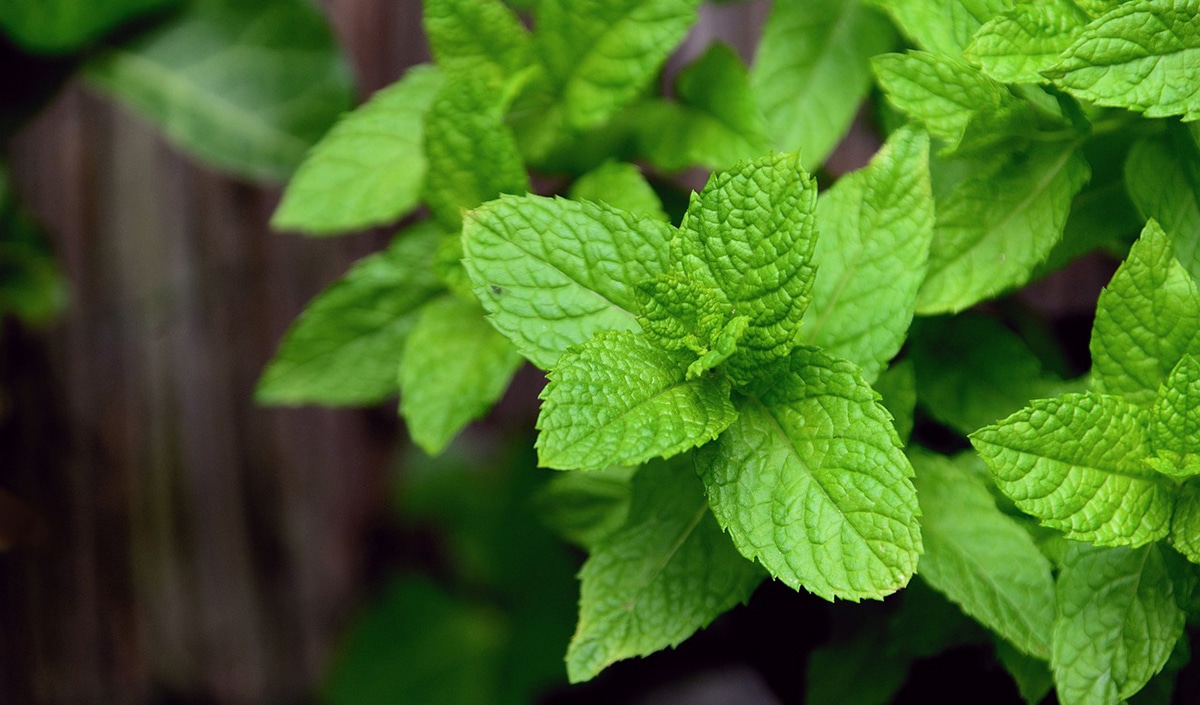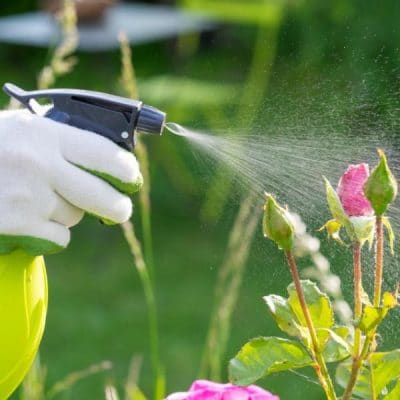
Among the most popular aromatic plants today is without a doubt mint. This beautiful and fragrant vegetable is extremely decorative and can be used in various culinary recipes or to make infusions and drinks. In addition, it is a very beneficial plant for our health, since it is a wonderful natural remedy for different types of ailments. However, if we want to enjoy this vegetable in our home and grow it correctly, it is essential that we know what the care of mint is.
If you have acquired one of these plants and want to maintain it properly so that it continues to produce its leaves and release its fragrance throughout the home, it is best that you continue reading. In this article We will explain all the care of the mint so that it can grow and develop correctly and without problems.
How do you take care of the mint plant?

Before talking about the various mint care, we must first highlight a very important aspect to take into account. This bush can become very invasive. That is to say: If we let it grow long enough, it will end up invading the space of other vegetables in the garden or in the orchard, thus causing the death of other species that we are cultivating. For this reason, it is best to grow it in a pot and thus prevent it from damaging other plants around it. Taking into account this small detail, let's see what the mint care is.
As with all vegetables, watering is one of the most important points to ensure that they grow well. In the case of mint, this must be frequent. It is vital for this plant that the soil is always moist. So, when we notice that the substrate is dry, it's time to add some water. However, we must be careful not to flood the roots, otherwise they could rot and our mint would end up dying. How should we water it then? The best way to carry out this task is to pour plenty of water into the substrate and wait until it ends up coming out of the pot's drainage holes. Any liquid that accumulates on the base plate must be removed.
Another of the basic care that mint requires is pruning. It is a plant with a very fast growth, which is why we will have to cut its leaves even if we don't need them. In addition, it will be of great help to the vegetable if we remove all the withered leaves. This way we will not only improve your physical appearance, but we will also prevent you from wasting energy and resources.
The importance of nutrients must also be highlighted. In this aspect, it is best to change the soil once a year. In this way we will provide new nutrients to the mint. The best time to carry out this task is in spring, which is when it will most need to be nourished.
Where to locate the mint plant?
Apart from the care that we have to provide constantly, the location of the mint is also very important. Although it is true that it is an aromatic indoor plant, we can also grow it outdoors. However, we must bear in mind that It can wilt very quickly if left in direct sunlight. so it is preferable to place it in a shady place. Despite this, light is essential for it to grow properly, so the best place is the one where it receives indirect sunlight.
In the event that we want to grow mint outdoors, it is important to bear in mind that we will have to move it when temperatures begin to drop. This plant does not survive frost, so we will have to keep it indoors or in a greenhouse. In the case of having it indoors, we can leave it where it is, but the mint care will remain the same. Of course, it is quite likely that we will have to water it less in winter than in summer.
Mint Care: Pests and Diseases

Now that we know what the care of mint is, we only have one topic left to discuss: Pests and diseases. It is vital for plants to know what can harm them, to know how to detect it and to be able to treat them in time. Fortunately, mint is not very prone to disease. Even so, we are going to comment on the two most frequent diseases of this vegetable:
- Verticillium wilt: It is a fungal disease and is transmitted through the soil. The fungus penetrates the plant through the roots and can even cause death. Unfortunately, this pathogen can live in soil for several years even when there is no plant host. It is best to apply preventive measures to avoid the appearance of this fungus.
- Mold on mint: It is also a fungal disease, this time caused by Puccinia menthae. When mint is attacked by this fungus, spots with brown and orange tones appear on the underside of the leaves. This disease can cause complete or partial defoliation of the plant. Overhead watering can help this fungus spread. A good way to prevent its appearance is to improve air circulation, reducing the support of mint. In the event that the plant has already contracted this disease, we can apply fungicides.

Apart from these diseases, Mint can also be attacked by certain pests, the most common being thrips, aphids and mites. What they have in common is that they all normally reside on the undersides of leaves. The symptoms that can indicate the existence of these insects are the appearance of spots and the discoloration of the leaves. In addition, cases of complete or partial defoliation may occur. It must be said that these pests not only damage the plant, but also favor the appearance of fungal diseases, all the more reason why we must combat them as soon as possible.
You already have all the necessary information about the care of mint. All you have to do is enjoy this precious vegetable and the fragrance it gives off.